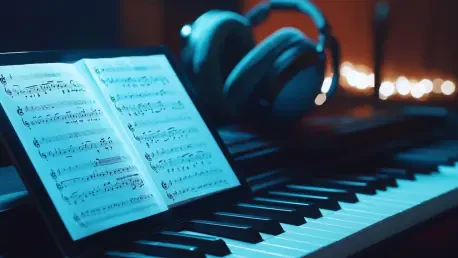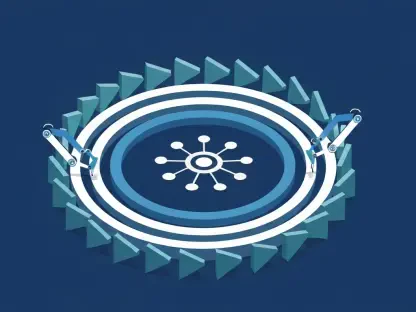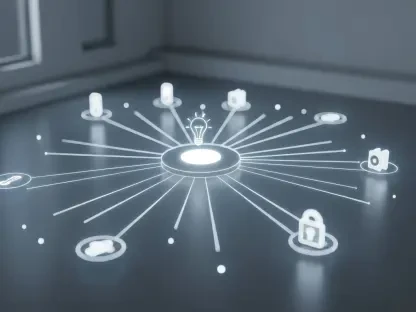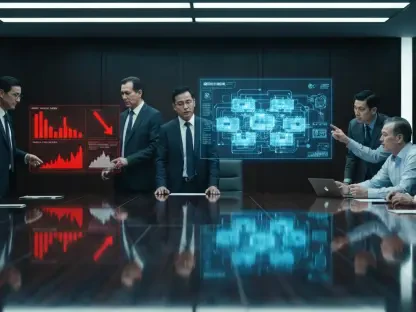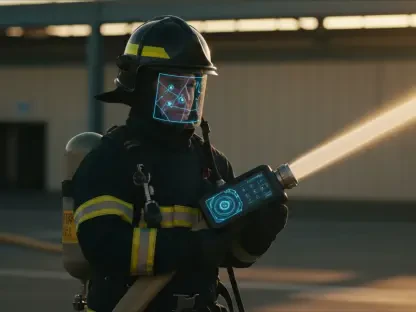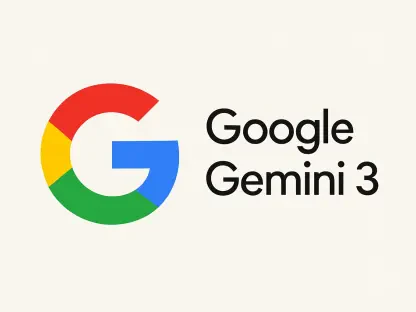Oscar Vail is a technology expert with expertise ranging across quantum computing, robotics, and open-source projects. In this interview, Oscar shares his insights on artificial intelligence’s exhilarating frontier—its intersection with music.
What originally piqued your interest in artificial intelligence’s application in music?
AI’s potential to transform creative industries like music has always fascinated me. The idea that an algorithm can produce something as emotionally resonant as a song is both intriguing and challenging. It’s a beautiful blend of art and technology, bridging human creativity with machine learning.
Can you explain how artificial intelligence has evolved since the 1956 Dartmouth conference?
The 1956 Dartmouth conference was pivotal as it marked the formal birth of artificial intelligence. The visionaries at that conference, including John McCarthy, saw AI as a means to simulate human intelligence. McCarthy’s proposal aimed to create machines that could understand language, solve problems, and improve themselves, setting the foundational goals we still pursue. The coining of the term “Artificial Intelligence” captured the ambition to precisely define and simulate every aspect of human intellect. Over the decades, AI has gone through boom-and-bust cycles but has made significant strides, especially in modeling creativity and language processing.
What are diffusion models, and how do they differ from large language models?
Diffusion models are a type of AI that create new content by transforming random noise into coherent patterns, essentially “denoising” an input to generate realistic outputs. Unlike large language models, which focus on text generation by predicting word sequences, diffusion models are versatile across multiple media types, including visual art and now music. Their method of iterative refinement makes them incredibly powerful for generating high-quality, original content from seemingly random inputs.
Why do you believe the music industry is particularly vulnerable to disruption by AI?
Unlike visual arts, where every piece is scrutinized for originality, many people consume music passively across various platforms, from playlists to soundtracks. This ubiquity makes the industry ripe for AI-generated content to blend in seamlessly. AI-generated songs are likely to permeate our streaming services and playlists, often without our awareness of their non-human origins, making the industry particularly susceptible to AI-driven disruption.
What are the main arguments in the current debate about AI-generated music and true creation versus replication?
The debate centers on whether AI can genuinely create or if it merely replicates human art. Diffusion models can produce music that stirs real emotional responses, challenging traditional notions of authorship and originality. Courts are grappling with these issues, especially in cases where major record labels argue that AI models replicate human art without proper compensation to creators. The discourse is complex, with no easy answers about what constitutes true creative work.
How do cognitive scientists and psychologists view human creativity based on associative thinking theories?
Associative thinking theories suggest that creativity results from forming novel connections between distant concepts. Creative individuals often have “leaky” attention, noticing and integrating disparate elements into something new. Semantic memory plays a crucial role here, storing abstract concepts that can combine in unique ways during the creative process. This theory underscores the difference between human creativity and algorithmic generation, which lacks the nuanced, intuitive leaps that humans make.
How does AI model creativity differ from human creativity, based on current research and diffusion models?
AI models like diffusion models generate content through statistical learning and randomness, devoid of the intuitive and emotional nuances found in human creativity. Injecting randomness helps create variations, but it lacks the depth of human experience and intuition. The difference lies in how humans amplify anomalies and quirks, driving their art to new heights. AI models operate on probability and past data, often missing the spontaneous twists that define human creativity.
Can you explain the process of generating music using diffusion models and the role of waveforms or spectrograms?
When generating music, diffusion models start with a waveform representing the amplitude of sound waves over time, similar to how they process images. The model uses millions of labeled clips to learn from, beginning with random noise and iterating to create a coherent waveform. Each step of the process fine-tunes the output, guided by the input prompt, resulting in a new piece of music. This technique mirrors how waveforms represent song details visually, enabling AI to treat music as a complex image to be decoded.
What are Udio and Suno, and how are they shaping the future of AI music generation?
Udio and Suno are leading AI music generation companies aiming to democratize music creation. Founded by former tech industry veterans, they use diffusion models to allow non-musicians to produce music. Suno, boasting over 12 million users, has partnered with notable artists and secured significant funding. Udio, though smaller, has raised substantial seed funding and prioritizes refining music descriptions through both machine and human labeling. Both companies exemplify how AI tools can revolutionize music production.
What has been the reaction of listeners to AI-generated music so far?
Listeners’ reactions are mixed; some are amazed by the quality, struggling to differentiate between human and AI-generated songs. Others are resistant, valuing the human touch in music creation. Early indications show a sizable audience may not mind the origins if the music resonates emotionally, revealing a generational and cultural shift in how we define and appreciate art.
Why are major record labels suing AI music generators, and what are their main claims?
Record labels claim that AI models infringe on copyrighted music by training on extensive, unlicensed datasets. They argue that these models replicate the qualities of human recordings without fair compensation to the original artists. The lawsuits focus on whether using copyrighted content for AI training constitutes infringement and how much AI-generated songs can mimic human-made music without crossing legal boundaries.
Do you have any advice for our readers?
Stay curious and open-minded about technological advancements while also critically evaluating their impact. The intersection of AI and creativity will undoubtedly bring new challenges, but it will also open up unprecedented avenues for innovation.
